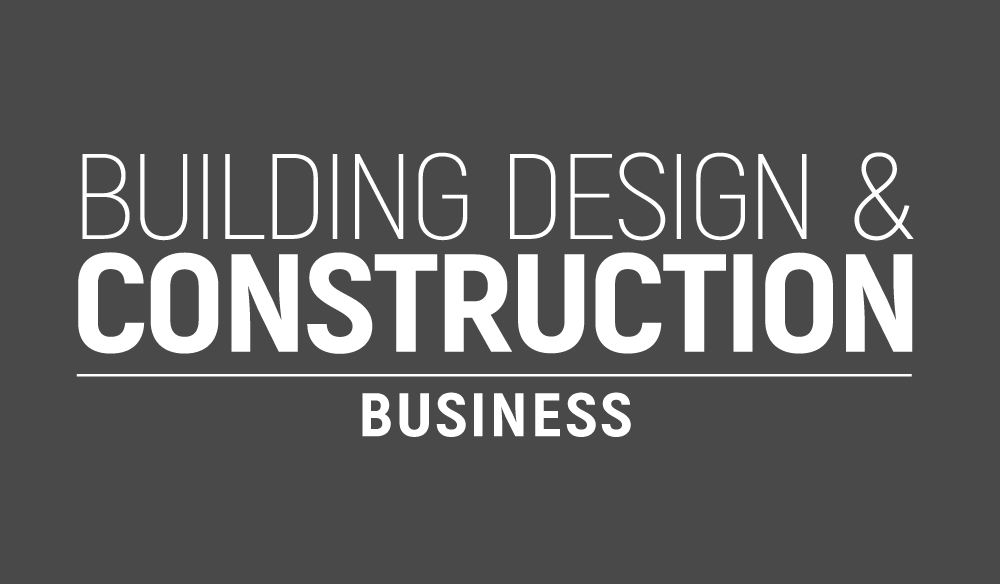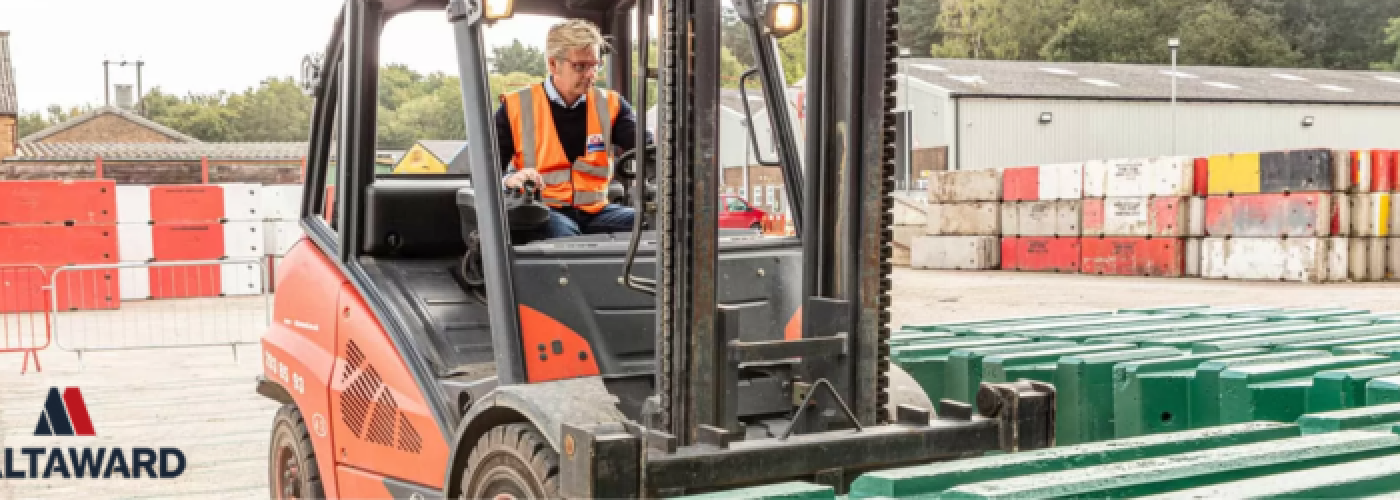This sponsored article, presented by Maltaward, addresses the critical importance of identifying issues in precast concrete. With recent concerns surrounding concrete integrity, especially Reinforced Autoclaved Aerated Concrete (RAAC), ensuring quality and safety is paramount. As a leading supplier of concrete barriers and blocks for UK construction and civil engineering, Maltaward offers its proven expertise and solutions to navigate these challenges.
We live in an age where building safety is now under an intense level of scrutiny. Precast concrete, in particular, as a material that’s long been considered reliable and durable, has become a fervent area of focus for the industry.
Recent high-profile cases of concrete failures, with Reinforced Autoclaved Aerated Concrete (RAAC) being a common talking point, have prompted industry professionals to dedicate attention and resources to improving quality control.
As far as precast concrete applications are concerned, construction professionals must retrospectively and impartially look for issues that may be present in any concrete products they use or plan to use.
As a trusted supplier of concrete barriers and blocks for UK construction projects, as well as those in the civil engineering and public sector spaces, Maltaward offers both expertise and solutions to address these growing concerns.
Recognising Precast Concrete Problems
Despite its reputation as a durable and strong material that can be either permanently fixed or temporarily placed and removed, precast concrete is not immune to issues that can affect its qualities.
Common problems include (but are not limited to):
- Cracking – from hairline cracks to deeper structural fissures, this can indicate problems with mixtures or curing.
- Efflorescence – white, powdery deposits can form on concrete surfaces which can indicate an influx of water, compromising the structural integrity.
- Joint failures – in modular precast systems, there can be failures in connection points that affect stability.
- Material inconsistency – even subtle variations in cement ratios, water content and aggregate quality can lead to inconsistent strength performance across precast blocks.
The concerns surrounding RAAC have escalated dramatically since 2023, with at least 237 schools and 60 hospitals found to contain this problematic material. Recent reports suggest that RAAC has now been discovered in homes, including social housing and converted office blocks. This has prompted an immediate and meaningful intervention from industry experts.
Enter Maltaward – An Influence in Concrete Quality Assurance
Maltaward has built its reputation on uncompromising quality standards for its extensive range of precast concrete products. From concrete Jersey barriers and interlocking blocks to Kentledge (Kelly) blocks and tailored security solutions, including integrations with fencing, gates, doors, and more, every product they supply – be it permanent or temporary – goes through rigorous testing standards.
Take the Jersey barriers, for example, these products are designed to be moved (despite weighing 1.5 tonnes) and not permanently affixed to a location. These temporary concrete barriers all meet European Standard EN1317, meaning they must be rigorously tested for vehicular restraint, support, and markup. Maltaward carefully and strategically applies precise screening and testing to ensure their products are fit-for-purpose before being deployed to their clients’ sites.
Signs That Concrete May Have Issues
For construction professionals concerned about precast concrete integrity, it’s vital to keep an eye out for early warning signs. This includes:
- Visible cracking that goes deeper than the surface
- Discolouration or staining that suggests moisture penetration
- Deformation or misalignment of precast elements
- Unusual sounds when under load
- Excessive deflection
Maltaward recommends regularly inspecting any precast concrete products deployed on-site, whether they are structural and permanent or temporary and movable. This is particularly important if they are exposed to harsh environmental conditions or heavy supporting loads.
Why It’s Important to Inspect Concrete Now
RAAC was widely used between the 1950s and 1990s, touted as being lighter and easier to handle than conventional concrete, but is now deemed to last approximately 30 years. According to recent reports, some homeowners face remedial costs of tens of thousands of pounds where RAAC was used in residential construction.
Earlier this month, the UK Government defended its position on RAAC, stating there are no plans to implement a national scheme or fund to address issues in residential dwellings.
The UK RAAC Campaign Group has voiced contention with this, highlighting cases where residents face unsafe living conditions and long-term financial worries.
While RAAC represents a specific subset of precast concrete products, its failures underscore the importance of quality control across all concrete applications.
As the construction industry adjusts to heightened awareness around concrete quality, the Royal Institute of Chartered Surveyors (RICS) advises:
- Check buildings construction dates
- Consult local authorities about similar buildings with RAAC
- Review construction records for mentions of RAAC or noteworthy product names
- Arrange inspection by qualified professionals
When selecting precast concrete suppliers, Maltaward recommends prioritising companies that exercise proper quality control, transparency in material sourcing, compliant production processes and facility standards, proven capabilities in installation help and guidance, and long-term support for any future developments.





